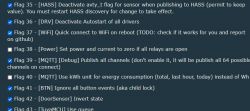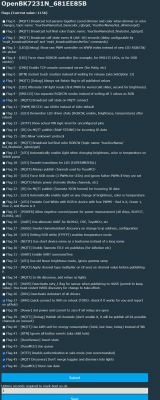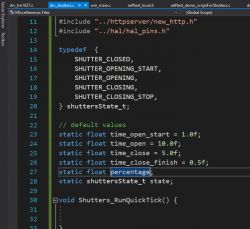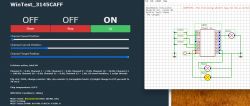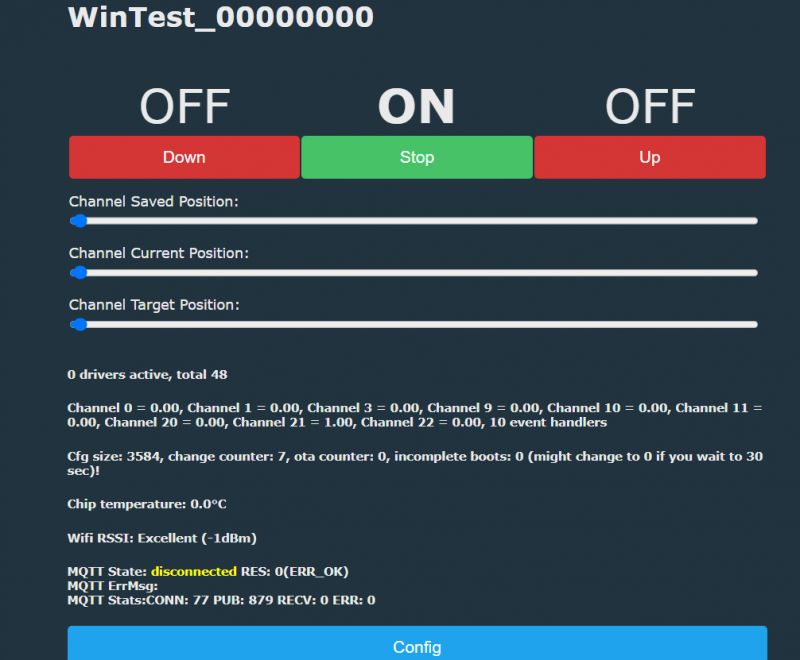I bought a Wifi module with additional 433 MHz RF remote control from Aliexpress to be able to control our sunblind with HA.
In contrast to the even cheaper models, it has eight instead of six terminals, so you don't need any additional connectors for the neutral conductor (and phase if you want to use the hardware buttons). This allows simpler, cleaner and safer cabling.

The following was delivered w/o a box:
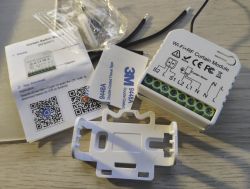
Manual:
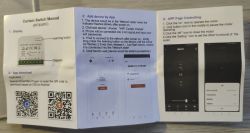
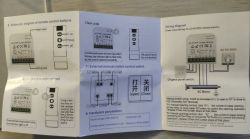
The module from the outside and inside:

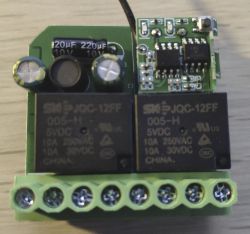
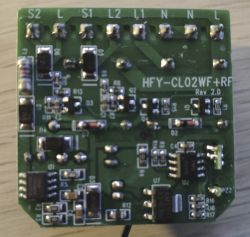
Labelling on the board: HFY-CL02WF+RF Rev 2.0
The radio modules are stacked with a jumper board. The Wifi module is under the RF module, from the side it is visible that it is a CB2S.

The module does not have to be desoldered to flash OBK, the contacts are easily accessible on the jumper board. Flashing with BK7231Flasher.exe is very easy, even all GPIOs are recognised correctly.

The Pin layout is as follows:
Configuration:
I have entered the following autoexec.bat (I have copied the script from here):
Everything has worked wonderfully so far, the RF remote control works on the three buttons, so it can also be used. The control times in the script still need to be adapted to the respective roller shutter.
I still have to work on a nice integration in Home Assistant. If anyone has any good advice on this, I would be happy to hear it.
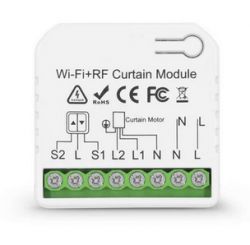
In contrast to the even cheaper models, it has eight instead of six terminals, so you don't need any additional connectors for the neutral conductor (and phase if you want to use the hardware buttons). This allows simpler, cleaner and safer cabling.

The following was delivered w/o a box:

Manual:


The module from the outside and inside:



Labelling on the board: HFY-CL02WF+RF Rev 2.0
The radio modules are stacked with a jumper board. The Wifi module is under the RF module, from the side it is visible that it is a CB2S.

The module does not have to be desoldered to flash OBK, the contacts are easily accessible on the jumper board. Flashing with BK7231Flasher.exe is very easy, even all GPIOs are recognised correctly.

The Pin layout is as follows:
| Pin | Setting |
| 6 | Relais 1 |
| 7 | Relais 3 |
| 10 | WifiLED |
| 23 | Button 2 |
| 24 | Button 1 |
| 26 | Button 3 |
Configuration:
Code: JSON
ADVERTISEMENT
I have entered the following autoexec.bat (I have copied the script from here):
startDriver SSDP
PowerSave 1
// P6 - Relay 1 Close
// P7 - Relay 3 Open
// P24 - Btn 1 Close
// P23 - Btn 2 Stop
// P26 - Btn 3 Open
// 10 - Wifi LED
// description
SetChannelLabel 1 Close
SetChannelLabel 2 Stop
SetChannelLabel 3 Open
// logic
alias Reset_Stop_Close backlog SetChannel 2 0; SetChannel 1 0
alias Reset_Stop_Open backlog SetChannel 2 0; SetChannel 3 0
alias Reset_Close_Open backlog SetChannel 1 0; SetChannel 3 0
addChangeHandler Channel1 == 1 Reset_Stop_Open
addChangeHandler Channel1 == 1 backlog startScript autoexec.bat resetCloseAfterMinute
addChangeHandler Channel2 == 1 Reset_Close_Open
addChangeHandler Channel2 == 1 backlog startScript autoexec.bat resetStopAfterSecond
addChangeHandler Channel3 == 1 Reset_Stop_Close
addChangeHandler Channel3 == 1 backlog startScript autoexec.bat resetOpenAfterMinute
// do not proceed
return
// Scripts
resetCloseAfterMinute:
// wait 30 seconds
delay_s 30
// stop opening
SetChannel 1 0
// done
return
resetStopAfterSecond:
// wait 1 second
delay_s 1
// disable button
SetChannel 2 0
// reset all scripts
stopAllScripts
// done
return
resetOpenAfterMinute:
// wait 30 seconds
delay_s 30
// stop opening
SetChannel 3 0
// done
return
Everything has worked wonderfully so far, the RF remote control works on the three buttons, so it can also be used. The control times in the script still need to be adapted to the respective roller shutter.
I still have to work on a nice integration in Home Assistant. If anyone has any good advice on this, I would be happy to hear it.

Cool? Ranking DIY








